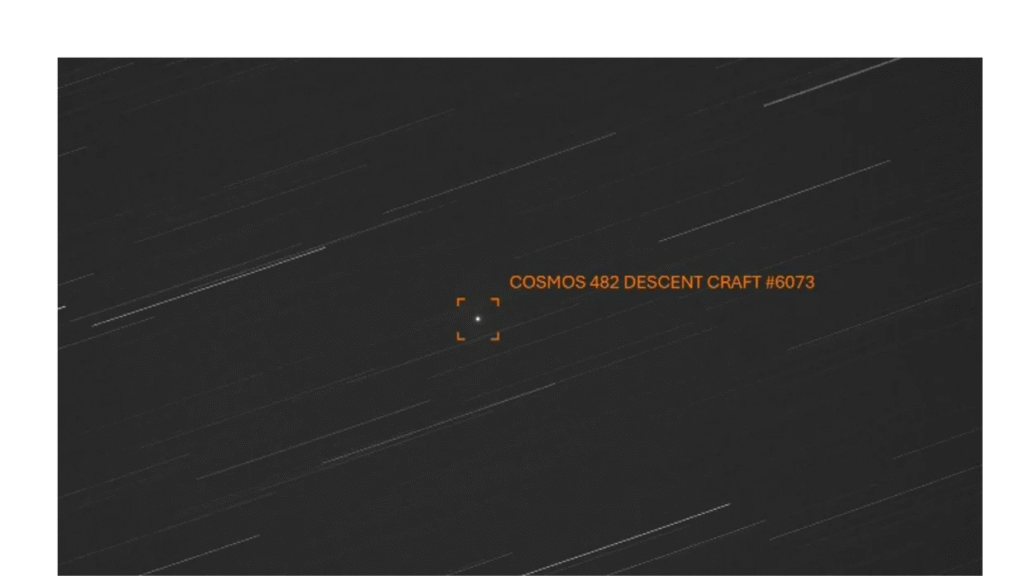The old spacecraft is expected to return to Earth on Friday night, narrowing the prediction of a rendezvous with a errant Soviet-era Venus spacecraft.

kosmos 482
“This is a great event, and we really value the research we conduct. We believe that participating in such an exciting space-based event can effectively showcase our work and the reasons behind it,” explained Dr. Shaylah Mutschler, who holds a PhD in aerospace engineering from CU Boulder. She is currently the director of the Space Weather Division at Space Environment Technologies. Unlike regular weather, space weather is influenced by events such as coronal mass ejections and solar flares from the Sun.
“When these solar events occur, some of the energy and particles are directed toward Earth, where they interact with our planet’s magnetic field. This interaction expands the atmosphere around Earth,” Dr. Mutschler noted. Such disturbances can affect the orbits of satellites, putting some of the approximately 27,000 objects tracked in orbit around Earth at risk of collision.
Dr. Matschler and his team monitored the trajectories of about a hundred calibration satellites, one of which is the defunct kosmos 482.
“These satellites are no longer operational and do not change their paths; they simply drift in orbit. By observing any changes in their motion, we can analyze those variations and gain insight into the environment they are passing through,” he explains. This information is crucial for making accurate predictions about space weather.
The return of Kosmos 482, which was originally meant for Venus, gives us a chance to discuss space weather.
“This opens up a conversation about space, weather, and how satellites operate. It highlights the fact that our space weather models aren’t flawless, which is why we can’t say with absolute certainty when or where the satellite will come back down.”
By Friday evening, experts were honing in on a re-entry window of about three hours before and after 12:30 AM on Saturday. They’ve identified a broad potential re-entry path that mostly avoids the United States, but significant parts of Australia, India, China, and Europe are still within the possible trajectory.
In 1972, we launched a spacecraft intended to land on Venus. However, it encountered a rocket failure and could not leave Earth’s orbit.
As a result, the spacecraft entered an unusual orbit that brings it close to Earth at certain times. Dr. Mutschler noted that this path is one of the nearest. While much of the rocket disintegrated during the failure, a half-ton titanium shield still protects the three-foot craft. This design ensures it can endure the extreme conditions of Venus.
Dr. Mutschler stated that Earth presents a much easier environment than Venus. The spacecraft is unlikely to break apart significantly during its journey. Visibility of the craft remains uncertain due to its predicted trajectory.
The risk of anyone being struck by it as it descends is extremely low. Nevertheless, Dr. Mutschler expressed a fondness for the mission.
This spacecraft represents an important part of our exploration efforts.
